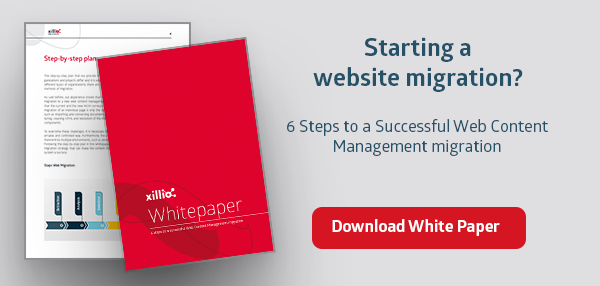I have a small website. Why automate the migration?
by Corné van Leuveren, on Apr 16, 2014 4:08:00 PM
While small websites (for example 2,000 pages) are often migrated manually, there are two cases in which a small site is still well suited to an automated web content migration.
Content Changes Frequently
The first situation is sites that change their content quite frequently. Even a short content freeze of a few days while the cut-and-paste or manual migration occurs might be too long. During this time the editors must do double work to keep the two environments in sync until the new website goes live.
Automation Reduces Freeze
In the automated scenario a couple of test cycles are done to ensure the migration pathway is successful and that the actual migration will be successful. Then a single fast migration is done to migrate the whole website in one hit right before the go-live date. In this way, there is a content freeze of hours, or in many cases no content freeze at all.
Content Cleaning or Enrichment
The second situation that favors an automated migration is when the site requires content cleaning, enrichment (usually of metadata) or restructuring. In this case rules can be devised with the business, then applied programmatically across the entire content set.
Automation Enables Improvement
For example structure or layout conversions, mapping of keywords, metadata validation, and generating content quality reports. While all these things are not critical to the migration they add significant value to the process and value to the content itself beyond simply cutting and pasting content.
Use Migration to Optimize
Any migration is a perfect opportunity to increase the overall quality of the content, improve search performance, and make significant changes to the content governance process. A migration is never only a technical exercise; the business and your end-users should benefit.
--------------------------------------------------------------------------------
Are you in charge of a website migration?
This white paper explains the 6 steps that are needed to successfuly execute a CMS or website migration.






%20(300%20x%2060%20px)%20(3).png?width=635&height=127&name=ISO%20email%20signature%20(390%20x%2060%20px)%20(300%20x%2060%20px)%20(3).png)